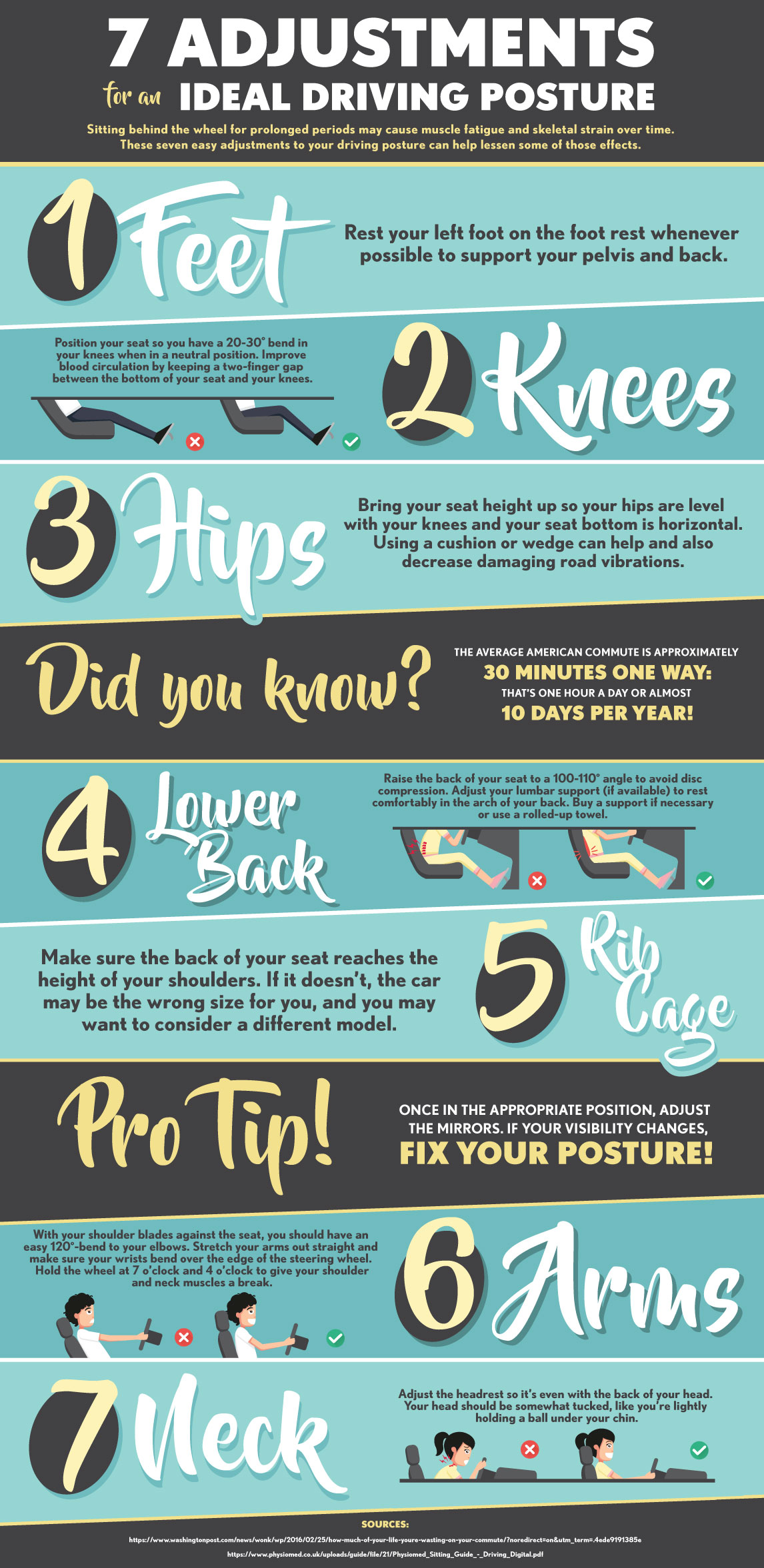Constant Tasks That Contribute To Pain In The Back And Ways To Prevent Them
Constant Tasks That Contribute To Pain In The Back And Ways To Prevent Them
Blog Article
Published By-Mckay Svenningsen
Keeping proper position and staying clear of usual challenges in everyday activities can considerably impact your back health and wellness. From just how you rest at your desk to exactly how you raise hefty objects, tiny adjustments can make a large distinction. Think of a day without the nagging back pain that hinders your every move; the remedy might be easier than you think. By making a couple of tweaks to your day-to-day behaviors, you could be on your means to a pain-free presence.
Poor Posture and Sedentary Way Of Life
Poor pose and a sedentary way of living are two significant contributors to neck and back pain. When you slouch or hunch over while resting or standing, you put unnecessary stress on your back muscles and back. This can cause muscular tissue discrepancies, stress, and at some point, chronic neck and back pain. Additionally, sitting for long periods without breaks or physical activity can weaken your back muscular tissues and result in tightness and pain.
To deal with inadequate stance, make an aware effort to rest and stand straight with your shoulders back and lined up with your ears. Keep in mind to maintain your feet level on the ground and avoid crossing your legs for extensive periods.
Including click the up coming web site stretching and reinforcing exercises into your everyday regimen can additionally aid enhance your pose and alleviate pain in the back related to a sedentary lifestyle.
Incorrect Training Techniques
Improper training methods can dramatically contribute to neck and back pain and injuries. When you raise heavy items, remember to bend your knees and use your legs to lift, rather than depending on your back muscles. Avoid turning your body while training and keep the object near your body to lower stress on your back. It's critical to preserve a straight back and prevent rounding your shoulders while raising to stop unneeded pressure on your spine.
Always analyze the weight of the item before raising it. If moksa hijama 's too hefty, ask for assistance or usage tools like a dolly or cart to transport it securely.
Keep in mind to take breaks during raising jobs to offer your back muscular tissues a possibility to rest and protect against overexertion. By applying appropriate lifting methods, you can stop pain in the back and lower the threat of injuries, ensuring your back remains healthy and balanced and solid for the long-term.
Lack of Regular Exercise and Extending
A sedentary way of life without normal workout and stretching can considerably add to back pain and discomfort. When you don't participate in physical activity, your muscles end up being weak and stringent, leading to inadequate pose and raised pressure on your back. Regular exercise aids enhance the muscle mass that support your spine, boosting stability and decreasing the danger of neck and back pain. Including stretching into your regimen can also improve adaptability, avoiding stiffness and discomfort in your back muscular tissues.
To avoid pain in the back brought on by a lack of workout and stretching, go for at the very least thirty minutes of modest exercise most days of the week. Include exercises that target your core muscular tissues, as a solid core can help alleviate pressure on your back.
Furthermore, take breaks to extend and relocate throughout the day, especially if you have a desk work. Basic stretches like touching your toes or doing shoulder rolls can aid alleviate tension and prevent neck and back pain. Prioritizing normal workout and extending can go a long way in preserving a healthy and balanced back and reducing pain.
Final thought
So, bear in mind to stay up right, lift with your legs, and stay energetic to avoid pain in the back. By making simple adjustments to your day-to-day habits, you can prevent the pain and limitations that include back pain. Look after your spinal column and muscular tissues by exercising good pose, correct training strategies, and normal exercise. Your back will certainly thank you for it!
